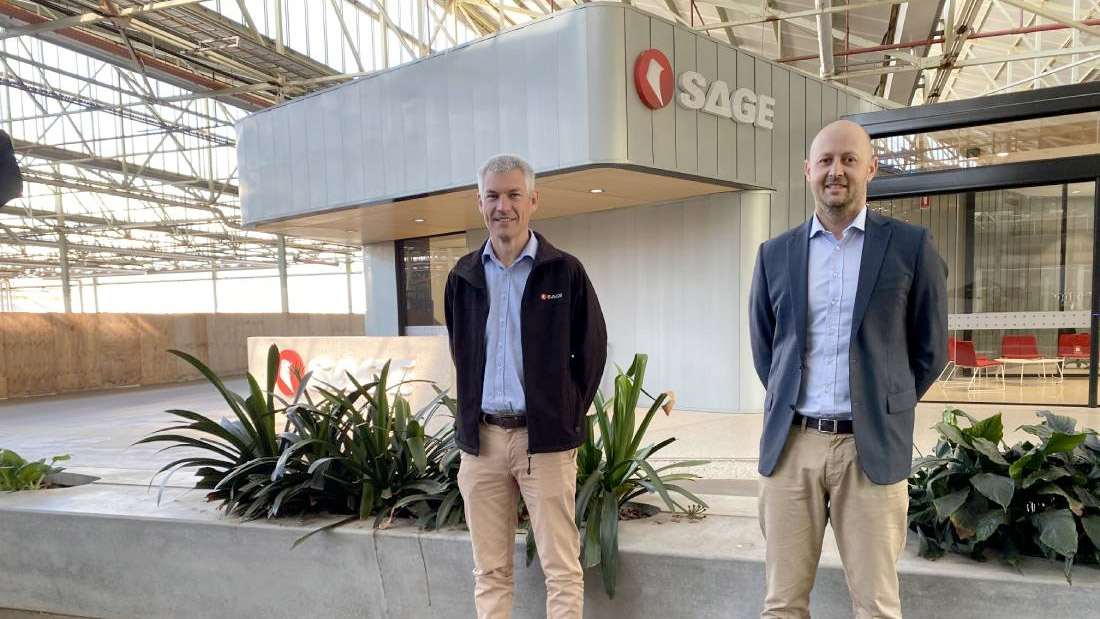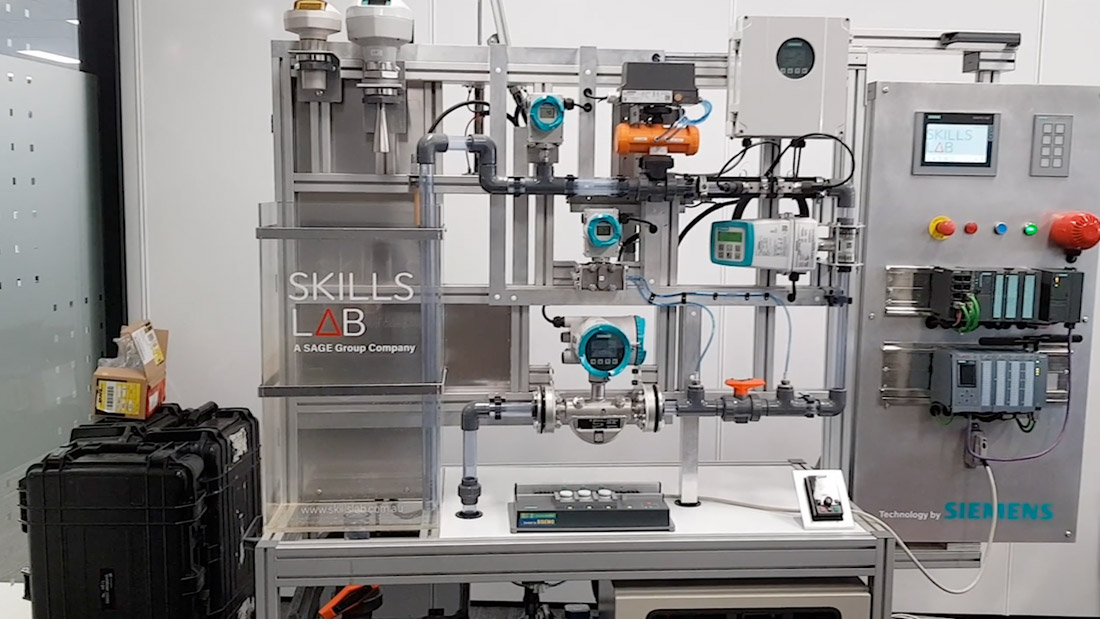Case Study
Machine Learning for Utility Networks
SpiralData and SAGE Automation collaborate on IoT platform to automate detection of abnormalities across water utility networks.
The Challenge
There has never been a more critical time in the water sector, as the industry faces challenges across climate, urbanisation and economics. While current systems for anomaly detection and troubleshooting lack speed, a new machine learning solution developed by two South Australian companies promises to streamline, automate and get ahead of asset management across utility networks.
Taking advantage of the vast amount of data generated by Industry 4.0, SpiralData and SAGE Automation have developed a real-time anomaly detection system for the sustainable delivery of utility services. Using statistical tests and deep learning prediction algorithms, the two companies collaborated on an automated solution that can detect abnormalities (such as blockages, also called chokes) within a sophisticated water network across varied geographical locations.
“We wanted to serve our customers better. Water utilities typically have SCADA, a system that still effectively serves the purpose of monitoring and control. Data analytics has the ability to compliment SCADA, with keener insights into patterns of asset behaviour to identify choke triggers which can save operation costs,” said Kale Needham, CEO of SpiralData.
“We were open to collaborating with SpiralData because we see the maturing of data analytics in water utilities has the potential to drive increased service quality and efficiencies while reducing corporate, environmental and public risk,” says Justin Kahl, State Manager for SAGE Automation.
The team at SpiralData experimented with a variety of algorithms before finding which deep learning model performed best. The next challenge was to automatically detect abnormalities. The solution was developed using a pump training unit with a PLC (programmable logic controller) that could simulate chokes.
“After engaging with industry, our goals were very clear. First, to create a prediction engine for time series data that was accurate, the algorithm could be trained quickly and didn’t require a mountain of data. Second, we wanted to build a robust anomaly detection engine that could be applied to any data set without requiring human input. The solution needed to be low-cost, scalable and robust to a variety of data inputs,” explains Chris Jansz, CTO of SpiralData.
The collaboration resulted in a low-cost, scalable anomaly detection platform using Amazon Web Services (AWS) that integrates with SCADA, PLCs or any device that can be visualised in real-time and send automated alerts for improved field operations and asset maintenance.





